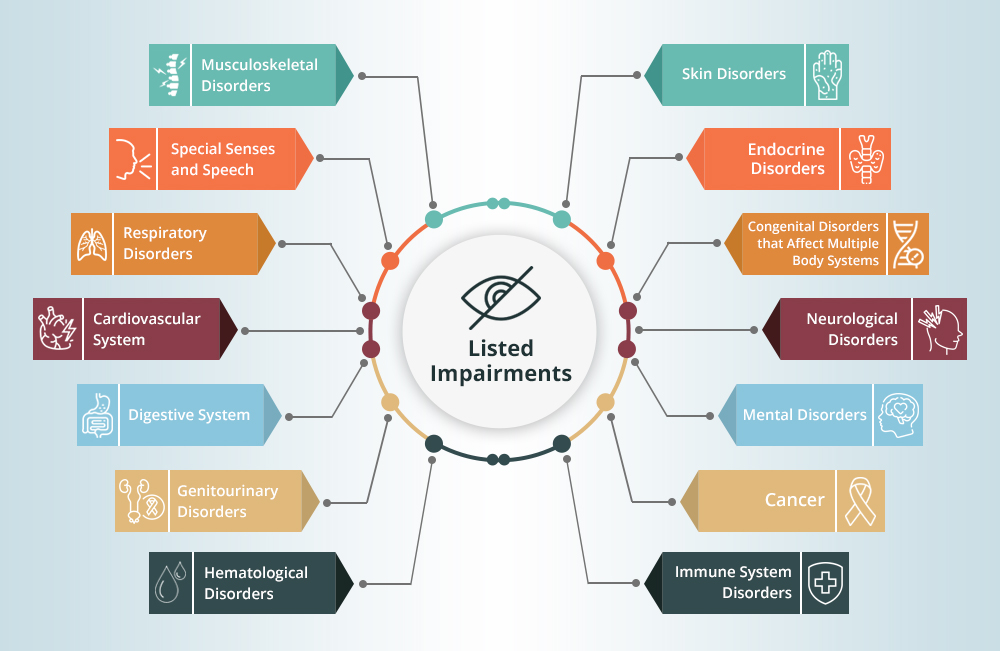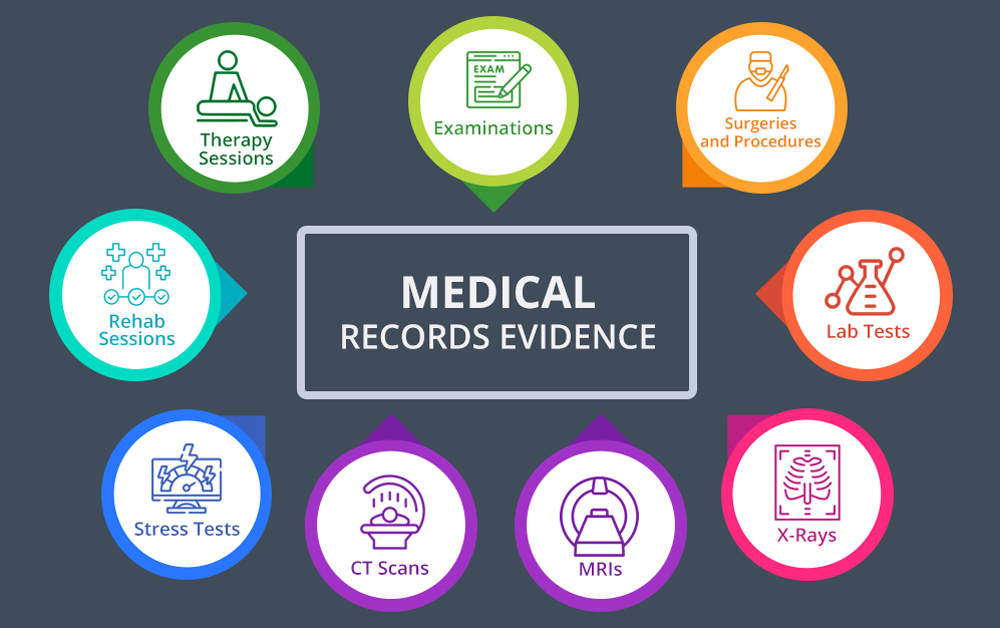Social Security Disability (SSD or SSDI) provides financial support to longtime workers who suffered an illness or injury that prevents them from continuing to earn a living. The SSD benefit payments are not intended to be a complete substitute for a SSD recipient’s former wages, but the regular monthly payments do form a base that recipients can count on to meet many of their bills.
Here at Liner Legal Disability Lawyers, we devote our professional life to helping disabled workers get the benefits they earned over all the years of payroll taxes with which they funded the program. If you are living in Ohio with a disabling illness or injury that prevents you from working full time, we have an office near you staffed with expert SSD lawyers ready to work for you.
Do You Have a Disability That Qualifies for SSD Benefits?
The Social Security Administration (SSA) defines what is a “disability” for purposes of determining eligibility for Social Security Disability benefits and for Supplemental Security Income (SSI) benefits. The government defines a disability as “a medically determinable physical or mental impairment that lasts or is expected to last 12 months, or lead to death, that prevents you from performing substantial gainful activities.”
The SSD program measures “substantial gainful activities” by how much you can earn per month. In 2022, if your physical or mental impairment prevents you from working to earn at least $1,350 per month, then your impairment may qualify as a disability.
Determining What Medical Conditions Qualify for SSD Benefits
To identify what physical or mental impairments are qualifying disabilities for SSD benefits, the SSA publishes a list of illness and injuries in what is referred to as The Blue Book. Those physical and mental conditions that are specified in the Blue Book are called “listed impairments.” The listed impairments are separated into categories under major headings according to the part of the human body most affected.

The Categories of Listed Impairments are:
- Musculoskeletal Disorders (ex., spinal stenosis, joint disorders, amputation, soft tissue abnormality, or nonhealing fractures)
- Special Senses and Speech (ex., visual disorders, hearing loss, speech impairment)
- Respiratory Disorders (ex., COPD, emphysema, bronchitis, cystic fibrosis, asthma)
- Cardiovascular System (ex., any impairment affecting heart, circulatory system, veins, lymphatic)
- Digestive System (ex., gastrointestinal hemorrhage, hepatic (liver) dysfunction, inflammatory bowel disease, short bowel syndrome, malnutrition)
- Genitourinary Disorders (ex., chronic glomerulonephritis, hypertensive nephropathy, diabetic nephropathy, chronic obstructive uropathy, and hereditary nephropathies)
- Hematological Disorders (ex., hemolytic anemias, disorders of thrombosis and hemostasis, disorders of bone marrow failure)
- Skin Disorders (ex., Ichthyosis, bullous diseases, chronic infections of the skin or mucous membranes, dermatitis, hidradenitis suppurative, genetic photosensitivity disorders, burns)
- Endocrine Disorders (ex., hormonal imbalance of major glands, pituitary, thyroid, parathyroid, adrenal, pancreas)
- Congenital Disorders that Affect Multiple Body Systems (ex., non-mosaic Down syndrome)
- Neurological Disorders (ex., epilepsy, amyotrophic lateral sclerosis, coma or persistent vegetative state (PVS), neurological disorders, Alzheimer’s disease)
- Mental Disorders (ex., neurocognitive disorders, schizophrenia, depressive, bipolar and related disorders, intellectual disorder, anxiety and obsessive-compulsive disorders, personality and impulse-control disorders, autism spectrum disorder, eating disorders, trauma- and stressor-related disorders)
- Cancer (Malignant Neoplastic Diseases) (ex., cancers (malignant neoplastic diseases), primary central nervous system lymphoma, primary effusion lymphoma, pulmonary Kaposi sarcoma, Hodgkin lymphoma or non-pulmonary Kaposi sarcoma)
- Immune System Disorders (ex., problems in antibody production, impaired cell-mediated immunity, a combined type of antibody/cellular deficiency, impaired phagocytosis, complement deficiency)
Each of the major categories of impairments then details some specific conditions and outlines what particular symptoms or lab findings constitute the qualifying impairment. Some of the impairments require a certain degree of severity in order to meet the criteria.
Other Qualifying Disabilities Not Listed in the Blue Book
It is important to remember that a qualifying disability can be something NOT SPECIFICALLY INCLUDED in the Blue Book listings. The book serves to as a useful guide to assist doctors, SSD lawyers and advocates, and case workers in the Social Security Disability bureaucracy in recognizing certain disabilities.
Many SSD benefits claims do not include impairments listed plainly in the Blue Book. Instead, SSD claimants often suffer from severe impairments that don’t fit neatly into any listing. It is very common for SSD claims to be based on an applicant’s “combination of impairments.”
SSDI benefit payments are often granted to claimants who have a cluster of impairments. A valid, qualified disability may be based on several impairments, even if none are individually severe enough to warrant a disability finding. When combined, multiple impairments can amount to a qualified disability.
Proving Your Disability
The key to establishing a valid claim for Social Security Disability benefits is to present clear medical evidence describing the nature of the impairment, the severity of its impact on the claimant’s life, and one or more identifiable diagnoses. The SSD applicant’s record of medical treatment, or the existence of MRI, X-ray, CT Scan reports and lab test results have a powerful impact on the decision to grant or deny an SSD benefits claim.

Social Security Disability benefits are often granted to claimants whose physical impairment causes them pain or limits their range of motion or prevents them from standing or sitting for extended periods of time.
A Wide Range of Impairments Qualify for SSD Benefits
Because so many potential physical or mental impairments, or any combination of them, could qualify as a disability under Social Security Disability regulations, it is impossible to make an all-inclusive list.
Contacting an experienced SSD law firm like Liner Legal Disability Law will answer all your questions about whether your physical or mental illness or injury qualifies you to receive monthly Social Security Disability benefit payments. You should not feel hesitant to call to get more information. You worked and paid thousands of dollars into the SSD program through your payroll taxes.
While we often refer to the SSD program by initials, it is actually the Social Security Disability Insurance program. You paid for the insurance. If you are eligible for benefit payments, let Liner Legal help you get what you deserve. You and your family are worth it.







